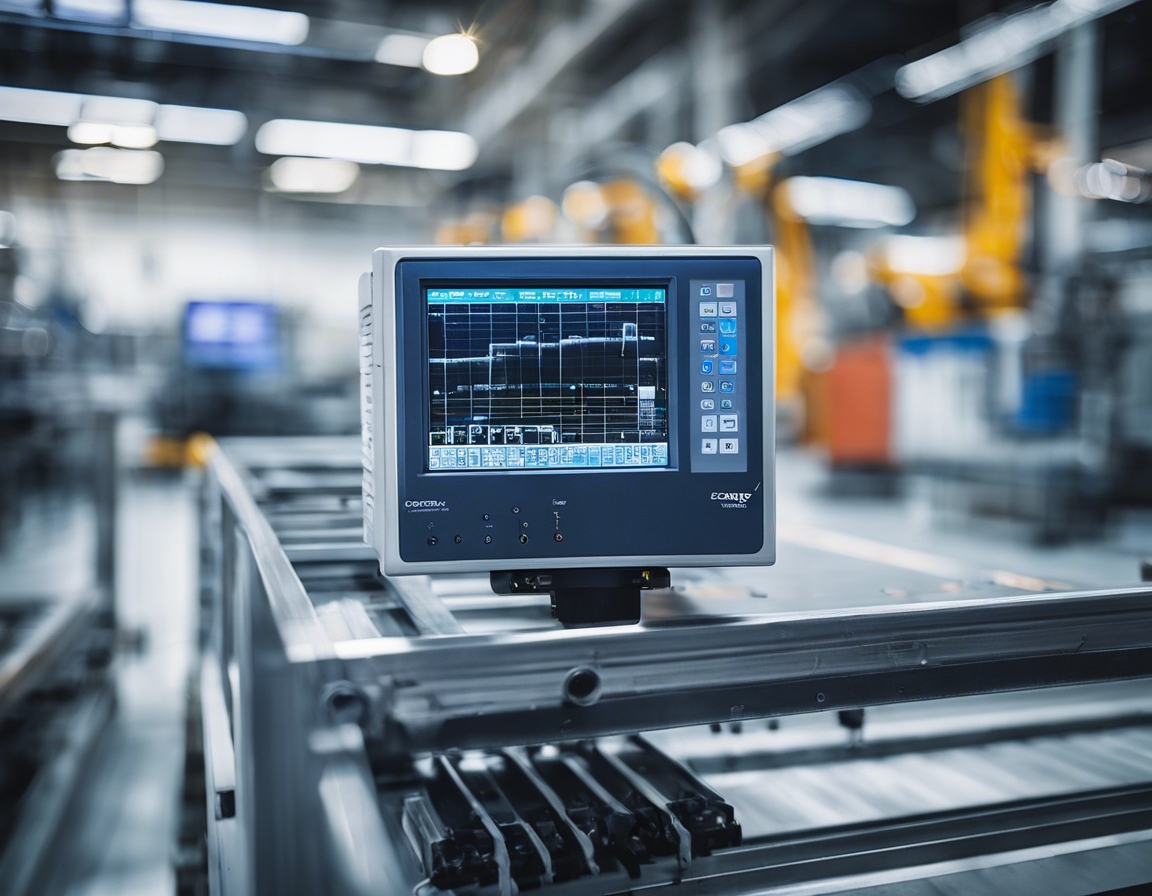5 trends shaping the future of industrial automation
Industrial automation is undergoing a transformation, driven by technological advancements and the need for increased efficiency and productivity. As we look to the future, several key trends are emerging that are set to redefine the landscape of manufacturing and industrial operations. In this post, we'll explore five significant trends that are shaping the future of industrial automation.
1. Integration of Artificial Intelligence and Machine Learning
Artificial intelligence (AI) and machine learning (ML) are revolutionizing predictive maintenance by enabling systems to anticipate equipment failures before they occur. This proactive approach minimizes downtime and extends the lifespan of machinery.
AI-driven quality control systems are becoming more sophisticated, allowing for real-time monitoring and detection of production anomalies, ensuring higher quality products.
Machine learning algorithms can analyze vast amounts of data to optimize production processes, reduce waste, and improve overall efficiency.
2. The Rise of Collaborative Robots (Cobots)
Cobots are designed to work alongside humans, enhancing the capabilities of the workforce and allowing for more complex tasks to be completed safely and efficiently.
With advanced sensors and safety features, cobots can adapt to dynamic environments and ensure the safety of human workers.
The affordability and versatility of cobots are making them increasingly accessible to small and medium-sized enterprises, democratizing automation.
3. The Advent of the Industrial Internet of Things (IIoT)
IIoT connects machines and devices across the factory floor, enabling real-time data analysis and decision-making.
By leveraging IIoT, companies can gain greater visibility into their supply chains, leading to improved logistics and inventory management.
Smart sensors and devices can monitor and manage energy usage, leading to significant cost savings and a reduced carbon footprint.
4. Advanced Robotics and Automation
Advanced robotics are bringing unprecedented levels of precision and efficiency to manufacturing processes, surpassing human capabilities.
AMRs can navigate complex environments without human intervention, transporting materials and products with high efficiency.
RaaS models are making it easier for companies to adopt robotics without the upfront investment, paying for services as they are consumed.
5. Augmented Reality (AR) and Virtual Reality (VR) in Manufacturing
AR and VR technologies are transforming training and simulation, allowing workers to gain hands-on experience in a controlled, virtual environment.
AR can guide technicians through complex repairs with overlaid instructions, reducing errors and improving repair times.
VR enables engineers to design and prototype in a fully immersive 3D environment, streamlining the development process and reducing time to market.






Comments (0)